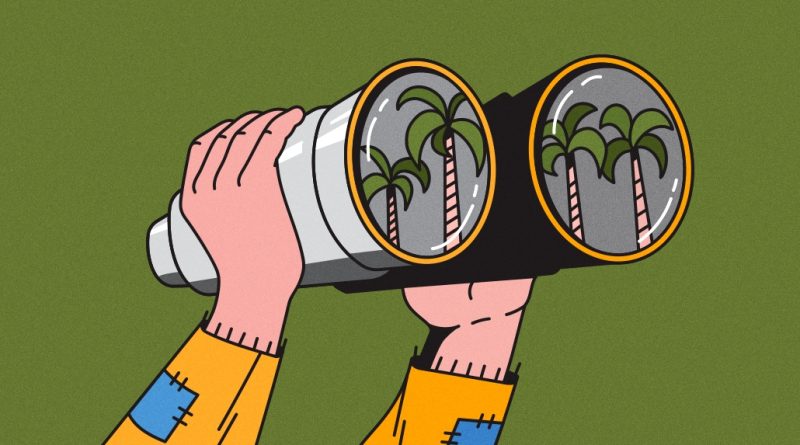The Quest for Sustainable Digital Advertising
An often overlooked consequence of digital consumption at an all-time high is the environmental impact of online activities, particularly digital advertising. As industries worldwide strive towards sustainability, the digital advertising sector faces a unique challenge: reducing its carbon footprint without compromising on efficiency and reach. This piece delves into the complexities of carbon emissions generated by digital advertising, exploring the enforcement problem, innovative solutions by companies like UOB, GroupM, Scope3 and the broader industry’s efforts towards greener marketing plans. With the digital landscape evolving, the push for sustainability presents both challenges and opportunities for advertisers.
Challenges in Reducing Emissions
The journey towards reducing carbon emissions in digital advertising is fraught with challenges. One significant hurdle is the enforcement problem, where despite the availability of tools and technologies to measure and mitigate emissions, there’s a lack of widespread adoption and enforcement across the industry. This is compounded by the complex and opaque nature of digital advertising supply chains, making it difficult to pinpoint and address the sources of emissions effectively. Additionally, there’s a pressing need for industry-wide standards and regulations that can guide and compel companies to adopt greener practices. The reluctance of some advertisers and lack of an accountability infrastructure to prioritize sustainability due to perceived costs and potential impact on reach and effectiveness further complicates efforts. Moreover, the rapid pace of technological advancements also introduces new challenges in continuously adapting and implementing sustainable practices.
Innovative Solutions and Industry Efforts
In response to the pressing need for sustainability, the digital advertising industry has begun to innovate and collaborate towards reducing its carbon footprint. Companies like UOB and GroupM are leading the charge with their pioneering approaches. UOB’s “Progress in Harmony” campaign exemplifies how integrating AI and video streaming technology can significantly reduce ad emissions while enhancing campaign effectiveness. Similarly, GroupM’s commitment to leveraging AI for optimizing advertising campaigns demonstrates a strategic move towards sustainability without sacrificing reach or impact. These efforts are complemented by initiatives like the Ad Net Zero initiative, which sees tech firms committing to net zero emissions, showcasing a collective industry movement towards environmental responsibility. Furthermore, the adoption of on-device technology and sustainable cloud infrastructures represents a shift towards more energy-efficient digital advertising practices, highlighting the industry’s commitment to innovation and sustainability.
Success Stories: UOB, GroupM and Scope3
UOB and GroupM have set benchmarks in the digital advertising industry with their innovative approaches to reducing carbon emissions. UOB’s “Progress in Harmony” campaign not only delivered a powerful message but also demonstrated how ad emissions could be reduced by 25% through strategic AI and video streaming technology integration. GroupM, on the other hand, has taken a data-driven approach, leveraging AI to optimize advertising campaigns for maximum engagement while minimizing emissions. These case studies exemplify how technology and strategic planning can work hand in hand to achieve sustainability goals without compromising on the effectiveness of digital advertising campaigns.
Scope3 also introduced their GMP+ green media offering, aiming to cut out wasteful ads and streamline the ad supply chain. Their initiative kills two birds with one stone, saving advertising budgets and emissions from ad supply chains. Their offering flags ads that load outside the viewable area of a browser or reload frequently. Their previous iteration successfully reduced emissions by 25% from the ad supply chain and enabled advertisers to place ads on higher-quality inventory.
Future Directions and the Role of Technology
The path towards a more sustainable digital advertising ecosystem is increasingly reliant on technological innovation. As the industry moves forward, the integration of AI and advanced data analytics will play a pivotal role in identifying and minimizing carbon emissions across digital campaigns. The adoption of on-device processing and sustainable cloud infrastructures will further reduce the environmental impact. Moreover, the development of industry-wide standards for measuring and reporting emissions will enhance transparency and accountability. As technology evolves, so too will the strategies employed by advertisers to achieve their sustainability goals, marking a new era of eco-conscious digital advertising.
